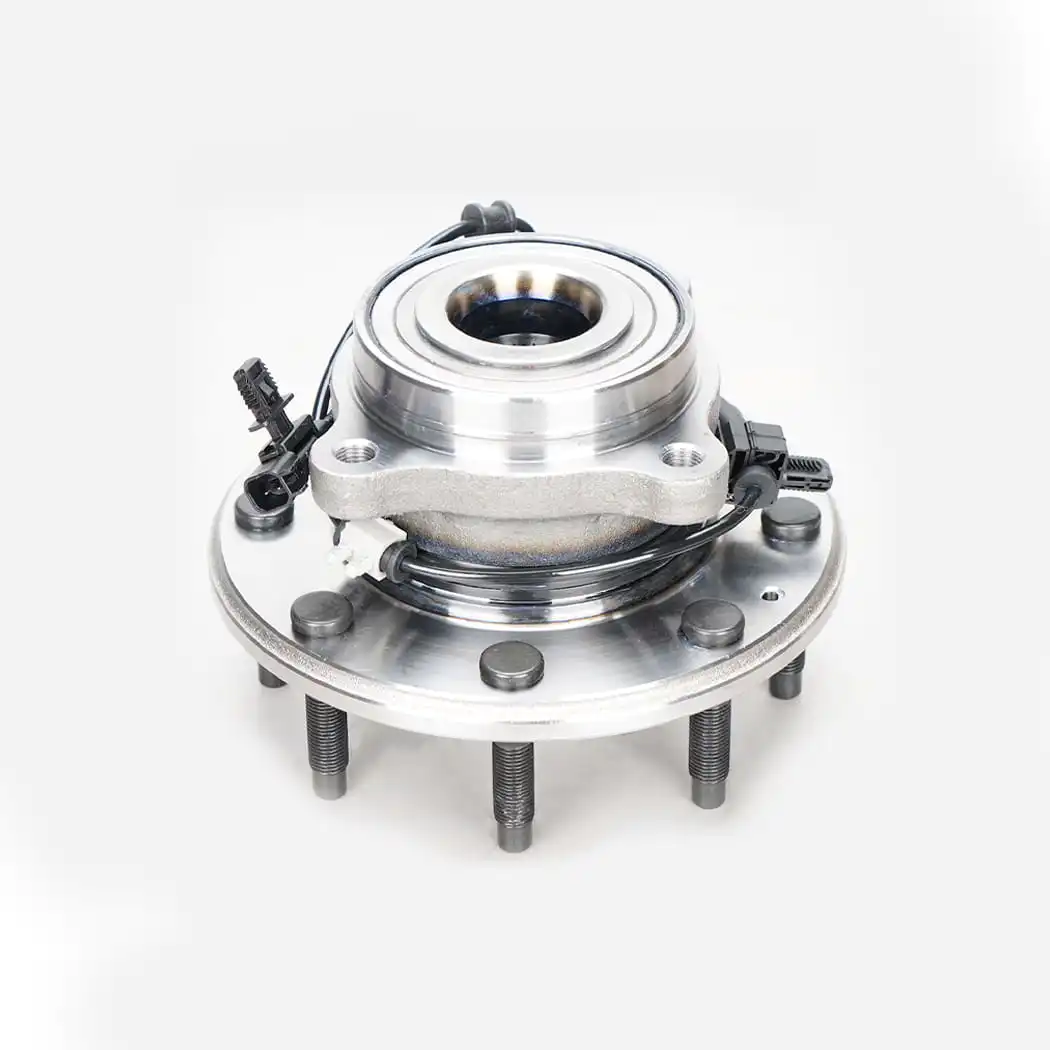The Materials Behind Wheel Hub Assemblies
Modern wheel hub assemblies are designed for strength and longevity. They are often made of high-grade steel or aluminum, materials chosen for their balance between durability, weight, and performance.
Steel: Steel hubs are commonly used in many vehicles due to their robust nature and resistance to wear and corrosion. They are ideal for everyday driving needs and offer a reliable solution in terms of cost and longevity.
Aluminum: Aluminum hubs are increasingly popular in performance vehicles due to their lighter weight, which reduces the overall weight of the vehicle and improves fuel efficiency and handling. Aluminum also offers corrosion resistance, making it ideal for vehicles exposed to harsh weather conditions.
The Impact on Vehicle Performance
Wheel hub assemblies directly affect several aspects of a vehicle’s performance, including its braking efficiency, handling, and overall driving experience.
Braking System Efficiency: In vehicles equipped with ABS, wheel hub assemblies play a crucial role in maintaining the integrity of the braking system. The precise wheel speed data sent from the ABS sensor in the hub helps the vehicle’s brake system apply optimal braking force, reducing the risk of skidding and ensuring safe stopping power.

Handling and Stability: The smooth rotation of the wheel is critical for maintaining vehicle stability. If the wheel hub is worn or damaged, the resulting vibrations can lead to a loss of control, particularly at high speeds. A properly functioning wheel hub ensures that the vehicle handles predictably, especially during sharp turns or sudden maneuvers.
Fuel Efficiency: A well-maintained wheel hub reduces friction and ensures smooth wheel rotation, which in turn reduces the strain on the engine and increases fuel efficiency. On the other hand, a failing wheel hub assembly can cause resistance, which increases the load on the engine and decreases fuel efficiency.
Durability and Maintenance Considerations
The longevity of a wheel hub assembly depends largely on how well it’s maintained and the conditions it operates under. In vehicles subjected to rough road conditions, off-roading, or harsh climates, the components of the wheel hub assembly may wear out faster. Routine checks for abnormal noises, vibrations, or steering issues are essential to prevent early failure.
Here are a few tips for maximizing the durability of wheel hub assemblies:
Regular Inspections: Periodically check for noise, vibration, or uneven tire wear, all of which can indicate a failing hub.
Avoid Harsh Conditions: Driving over potholes, curbs, or rough terrain can accelerate wear on the wheel hub and bearings. If you live in an area with extreme weather, consider using corrosion-resistant materials or taking extra precautions during winter months.
Early Replacement: If you detect issues early, replace the wheel hub assembly promptly to prevent further damage to other parts of the vehicle, like the suspension or axle.